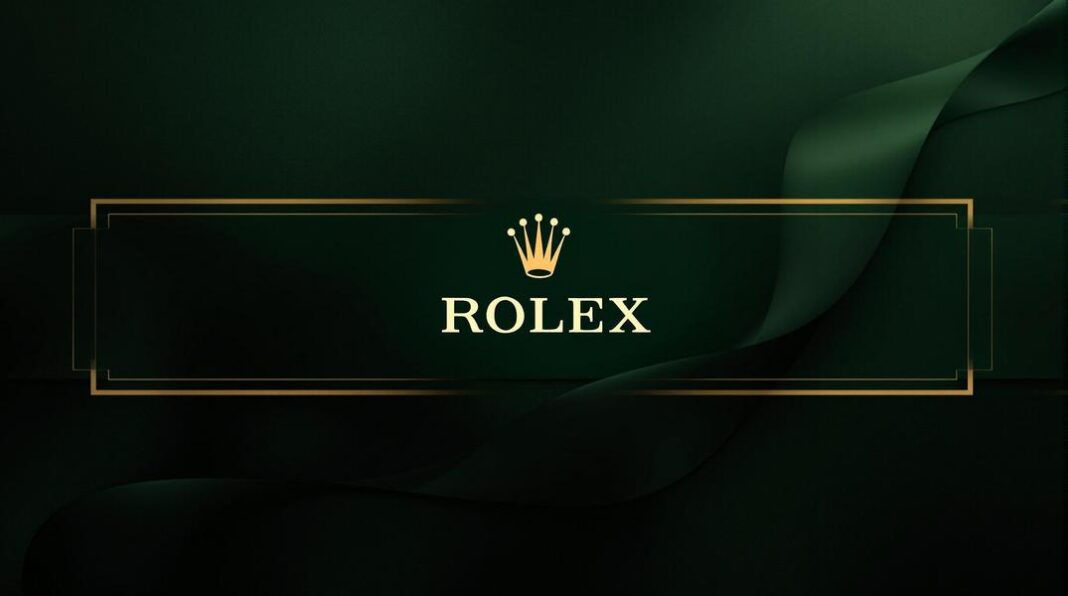The crown jewel of watchmaking isn’t just playing hard to get. It’s deliberately limiting supply to keep us wanting more.
In the world of luxury timepieces, Rolex stands alone as the brand that’s mastered the art of scarcity marketing while producing nearly a million watches annually. Despite manufacturing between 800,000 and 1.2 million pieces each year, the Swiss watchmaker maintains waiting lists that can stretch for years on popular models—a contradiction that’s no accident but rather a carefully orchestrated strategy.
Just how many Rolexes are actually produced? The company guards its exact production figures like a state secret, but industry experts consistently place the number between 800,000 to 1 million watches annually. These estimates aren’t pulled from thin air—they’re based on distribution networks, manufacturing capacity, and financial reporting.
The Million-Watch Milestone
For 2021, the numbers get more specific. Rolex is believed to have produced approximately 1.05 million timepieces, generating a staggering $8.807 billion in revenue. That’s roughly $8,400 per watch on average—though many models command significantly higher prices.
And yet, try walking into an authorized dealer asking for a Submariner or Daytona. Good luck.
The disconnect between Rolex’s substantial production and the notorious difficulty in purchasing one reveals the brilliance behind their business model. Unlike most luxury brands that aim to maximize sales, Rolex deliberately keeps demand higher than supply.
Why would a company intentionally make fewer products than people want to buy? Simple. Exclusivity sells.
The Middleman Strategy
Perhaps most telling is Rolex’s distribution approach. The company never sells directly to consumers, instead relying exclusively on authorized dealers. This creates an additional buffer between the manufacturer and the market, allowing Rolex to maintain tight control over who gets what and when.
Waiting lists aren’t just a consequence of popularity—they’re an engineered feature of the business model. When consumers must wait months or years for the privilege of spending thousands on a watch, ownership becomes more meaningful. More exclusive. More desirable.
The numbers tell the story. Despite manufacturing over a million watches annually, Rolex cannot—or more accurately, will not—meet market demand.
Could they make more? Absolutely. Would doubling production solve the scarcity problem? Probably not.
What’s fascinating about this approach is how it transforms Rolex watches from mere luxury items into investment vehicles. Many models appreciate in value immediately after purchase, creating a secondary market where prices can exceed retail by significant margins.
The strategy has paid off handsomely. While other luxury brands have struggled through economic downturns, Rolex has maintained its position at the pinnacle of the watch world, with estimates suggesting they craft between 800,000 and 1.2 million pieces annually while keeping demand perpetually higher than supply.
In an era where most consumer products are instantly available with the click of a button, Rolex has turned waiting into a status symbol. That’s not just marketing—it’s mastery.


